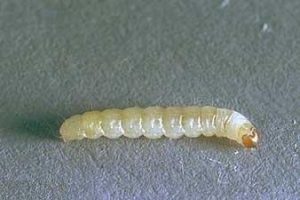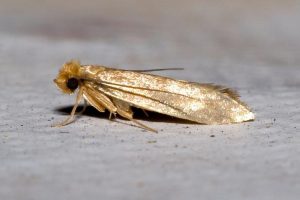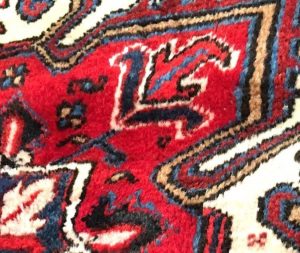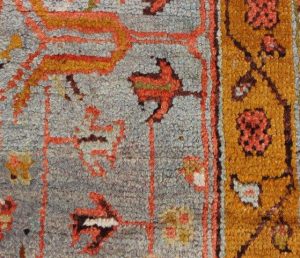How To Protect Your Rugs Against Moths
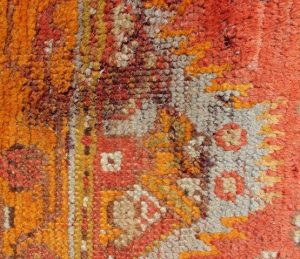 |
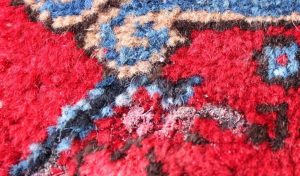 |
|
Have you started noticing the precious rug in your home or office is rapidly deteriorating? Chances are, your dog, children, and stiletto shoes are not to blame. Moths are. Moths have long been known to feast on the wool fibers commonly found in clothing and rugs. Below, we break down how to prevent your rugs and home furnishings from becoming vulnerable to hungry moths, and what to do if they are. |
|
What Are Moths? |
|
|
|
|
|
A common misconception is the flying moths we see circulating around light fixtures are the ones eating up our clothing and rugs. However, the true danger to our wool is the moth’s larvae-worm. Flying moths don’t eat wool, but they do lay eggs inside wool fibers that feed on the fabric. Due to this vicious cycle, your rugs should be protected against both flying moths and their larvae.
|
|
How Do I Protect My Rugs? |
|
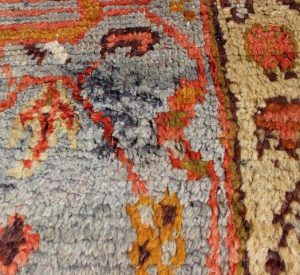 Moths love rugs – even more than clothing! – because large, hand-knotted rugs are vast, wide-open sources of wool for moths to feast on. However, if your rug is laid-out, regularly cleaned, and moth-proofed, the chance of your rug being invaded by moths decreases significantly. The most vulnerable rugs to moth infestation are ones that are rolled, dirty, and kept in shaded areas. So make sure you regularly dust and vacuum your carpet and keep it out in the open to expose it to fresh air and sunlight (i.e. try to avoid placing sections of the rug under couches and other furniture). If you must store your rug, do not wrap it in plastic, as this will prevent the rug from being able to breath. Some of the worst places to store rugs are also the most common: attics, basements, and other hot, humid, shaded areas. Try to avoid storing your rugs in these places if at all possible. |
|
 Additionally, cedar and moth balls are commonly known as great deterrents against moths, but remember they are just that: deterrents. Your clothing and rugs can still become infested by moths, even if you use them. Therefore, regular inspection of your wool cloth is truly the best prevention method. Spring and fall are typically considered moth seasons, so if you inspect your rugs and clothing during these peak seasons, you can prevent a small problem from becoming a much larger one. (‘A stitch in time saves nine!’) |
|
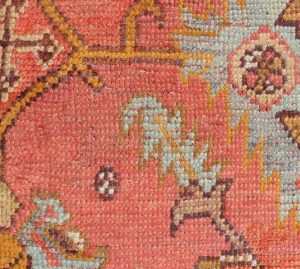 Remember: Older and antique rugs are particularly susceptible to moths because they are less likely than newer rugs to have been treated with a moth protector treatment, which typically lasts up to a year. Regardless of how old or new your rug is, you can easily have it treated to protect it from moths. |
|
What Do I Do If My Rug Has Been Damaged By Moths? |
|
|
|
|
|
Once moth damage has been detected, a good vacuum and an immersion washing are the best methods to remove any larvae. After washing, the drying process will get rid of most of the moth eggs, but also freezing the rug in sub-zero temperatures or above 120° F will ensure all of the moth eggs are eliminated. Once the rug is cleaned and cleared of all moth remains, the process of fixing the damage to your rug and and restoring it to its original condition should begin. After the restoration process, it’s also a safe bet to have the rug cleaned again with an additional moth treatment. |
|
|
If you have any questions about moths or how you can prevent them from harming your wool rugs, let us know in the comments section below. If you are in need of getting your rugs professionally cleaned, repaired, or restored, please contact us. We would be happy to help! |
|

